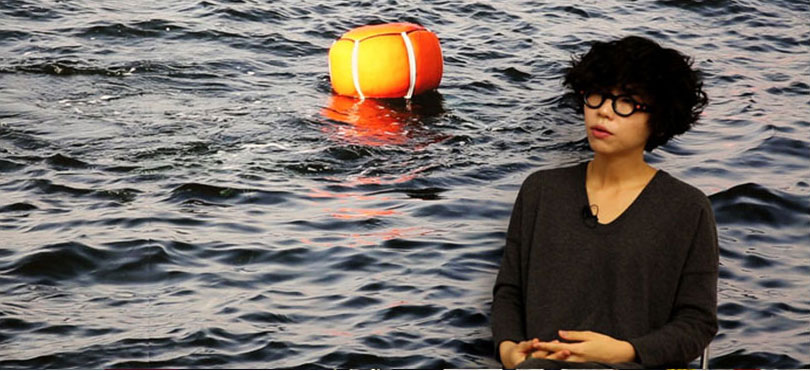
As the Asia-Pacific region makes unprecedented advances in its political and economic stature, there is a parallel rise taking place within the East Asian art industry. Compared with the past, there is now an elaborate infrastructural and institutional climate for exchanges on both cultural and societal levels. Furtherore, the internet and social media have exponentially increased public access to information. Against this backdrop, major art fairs such as Art Basel have already liberated the latent possibilities of the region, and in particular of the Hong Kong scene. Art Basel Hong Kong boasts annual revenues of over KRW 350 billion, more than 15 times what the Korea International Art Fair (KIAF) can expect anytime soon. This disparity is likely to widen. Yet in a broad spectrum of Asian metropolises, cities are nurturing cultural and artistic capabilities, highlighting their individual strengths and distinctive features. The obvious solution is healthy competition to encourage the proliferation of diverse art epicenters throughout Asia.
Since its inception in 2002 by the Galleries Association of Korea, KIAF has evolved into the country’s premier art fair, with more than 80,000 visitors every year. The 15th fair ran for five days, October 12–16, at COEX Hall in Samseong-dong, Seoul. The event draws over 180 galleries every year, including about 50 from overseas, and generates about KRW 20 billion in revenue.
Considering Korea’s economic scale, however, this is a paltry sum. There are probably a number of factors behind the disappointing figures, but the main culprit is likely an insufficient understanding of contemporary art among the general public, resulting in a limited population of art enthusiasts. On the other hand, the fair’s modest success can be seen as an indication of massive potential. As total revenue from Korea’s art industry is expected to exceed KRW 1 trillion in the near future, a look at the current figure (KRW 450 billion) reveals that we have not even reached the halfway point.
KIAF 2016 offers a plethora of new and ambitious programs, reflecting our aspirations to propel the Seoul-based event to greater heights as a mecca for artists throughout Asia, as the name “Art Seoul” indicates. Allies who share this vision include the Ministry of Culture, Sports and Tourism, which has taken significant steps to rejuvenate the Korean art industry. The ministry took an enormous stride when it launched the Korea Arts Management Service.
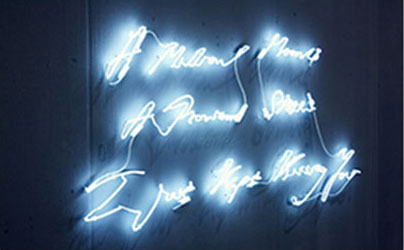
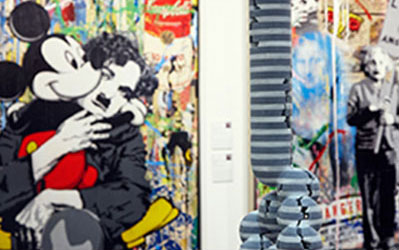 L·R) exhibition view of KIAF 2015
L·R) exhibition view of KIAF 2015
Key Events and Programs at KIAF 2016
This year’s fair features an initiative to introduce the Korean art scene to renowned industry professionals—a roster of VIP guests that included some 100 art executives and curators from around the world. This grand-scale welcoming of invited guests is the first of its kind in Korea, and it can be expected to generate interest in contemporary Korean art among international experts.
There will also be a K-Art Conversation, part of the 2016 Gallery Weekend Korea, where industry professionals of international clout will gather to offer their insights and views on a broad spectrum of issues including art policy, art industry, art management, collections and evaluations. It will likely provide valuable cues to industry experts and curators from Korea and overseas.
The third event called the “Special Hallway,” was an exhibition of large sculptures and installations of nine local and international artists in the KIAF gallery that will effectively turn the fair into a massive contemporary art exhibition. By converting the fairgrounds into a space for avant-garde work, the project will demonstrate that art fairs are more than simple venues for art transactions—that they can serve as display grounds for creative and ambitious ventures in the contemporary scene. All things considered, the exhibit is expected to turn heads.
In addition, there will be an event to highlight Taiwan, this year’s honored guest nation, featuring the country’s most prominent galleries. The stature of Taiwan’s contemporary art scene, which has played a leading role in the Asian art industry, will certainly shine through at this event, and a supplementary lecture on modern Taiwanese art will be held October 13.
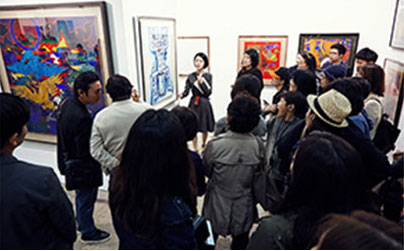
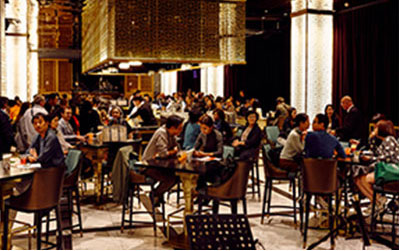 L·R) exhibition view of KIAF 2015
L·R) exhibition view of KIAF 2015
The 2016 Gallery Weekend Korea, mentioned above, will be co-hosted by KAMS and the culture ministry and will play an important role in promoting Korean galleries and their affiliated artists to overseas experts, thereby strengthening their networks. The weekend will feature more than 20 gallery showcases starring up-and-coming artists from each participating gallery. There were also private exhibits, a discussion series, a networking party and an art tour. Another special event is Networking Receptions, a chance for the artists to network with industry affiliates, exhibit organizers and curators. Not only will the weekend offer promotional opportunities to the rising artists driving the contemporary scene—it also helped industry experts discover fresh talent. Korea has long offered promotional programs for young artists such as ARTSPECTRUM, Factory Art Fair, and Asian Students and Young Artists Art Festival (ASYAAF), but this will be the first such opportunity as part of KIAF.
Thus far, KIAF has been relatively passive when it comes to hosting discussion forums with international art experts, but this year marks a turning point. The discussion series will feature world-class collectors, art dealers and journalists. Recognizing the importance of an international network, this year’s KIAF organizers have teamed up with KAMS to upgrade the fair’s guest list and improve its concierge program. KIAF’s efforts to raise the bar and set a new standard represent an encouraging development. On the other hand, this new direction was inevitable. That’s because stiff competition among art professionals is now a given in East Asia. It is essential that KIAF strive toward better art and networking programs, more interesting events and exceptional service.
※ This article is published as part of a collaboration between ArtAsiaPacific magazine and Korea Arts Management Service. It first appeared in ArtAsiaPacific's special supplement ‘Biennales in Korea’, No.100, Sep/Oct 2016.
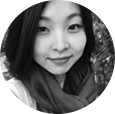
Yoo Jin Sang/artist
A professor at the Kaywon School of Art and Design, an art critic and former artistic director of Media City Seoul (2012). Recent curatorial activities includes the 2014 Super Romantics, for the Daegu Art Factory; Better Than Universe, with ZKM for the Daegu Media Art Festival 2013. He was a juror on the TV Show Art Star Korea in its first season in 2014. His PhD is from University of Paris VIII, Saint-Denis.
-
MOST VIEWED VIEW MORE
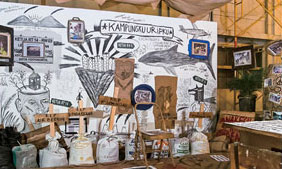
-
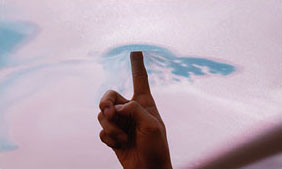 Magazine / Review - 16 DEC 2016
Magazine / Review - 16 DEC 2016Korea Art Week 2017